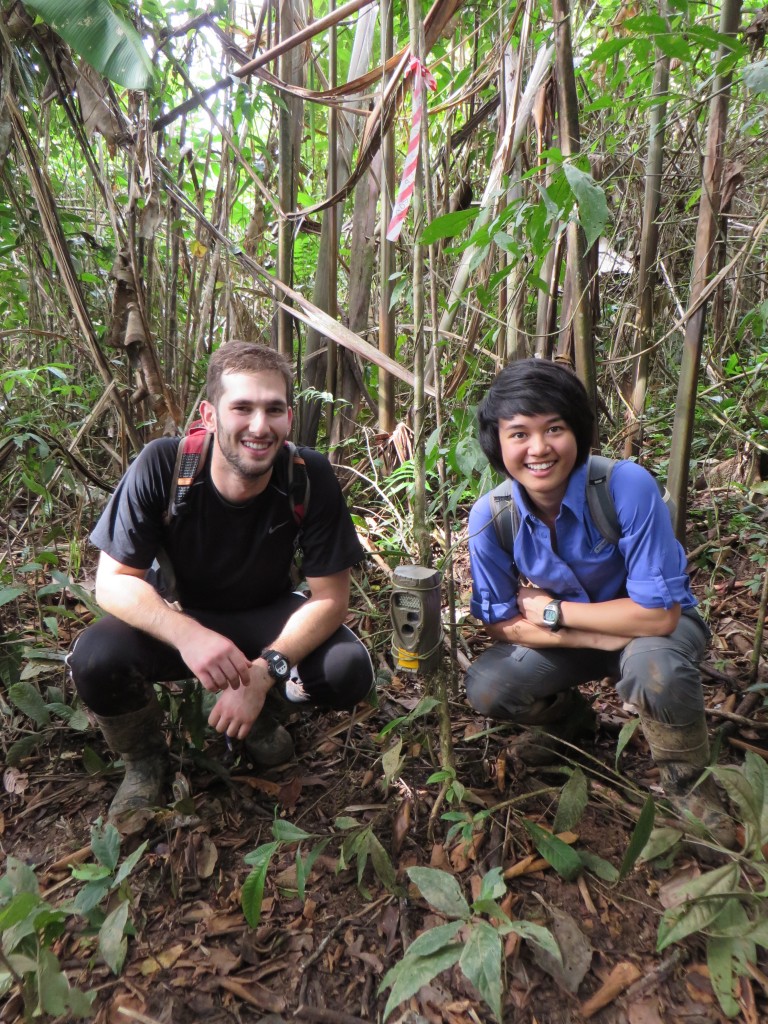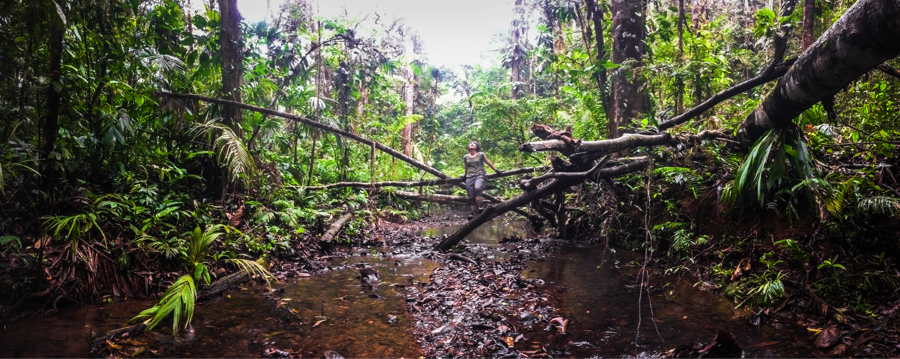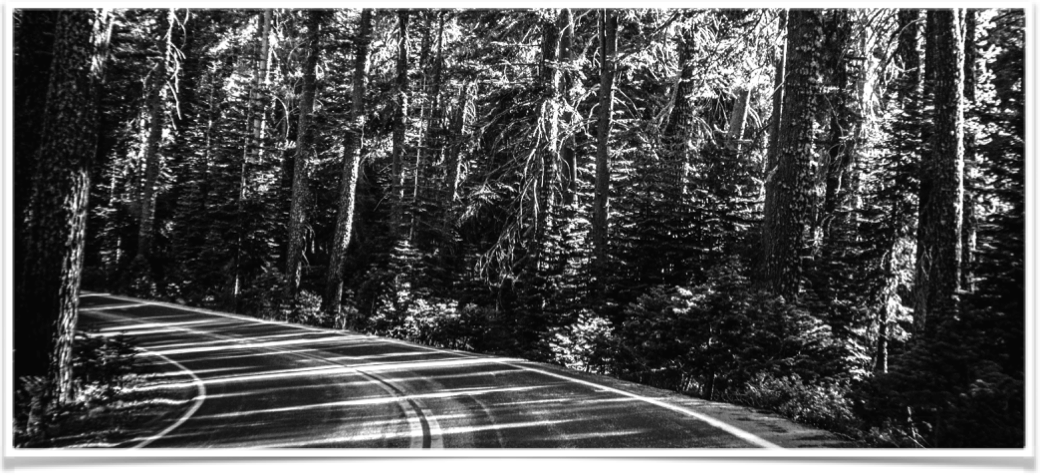
As the quarter comes to a close, we reflect on the work that has gone into our research projects during this eye-opening field biology quarter. We have had an irreplaceable time in the field, and brought home some interesting observations from both our studies! Our conservation project tried to determine how the number of bird and mammal species change as the distance from the forest edge increases. We focused on mammals and birds as they are easy to detect and identify. Additionally, we attempted to identify frugivorous birds, or fruit eaters, and characterize their richness in relation to the forest edge-interior gradient. Frugivores are key species as both animals and trees depend on their role in the rainforest ecosystem as vital seed dispersers.
For our survey, we chose three zones of different distances from the edge of the forest as study sites. These three zones represented the edge, intermediate, and interior forest habitats. Every morning and evening, we recorded birdcalls at each point and set up motion sensor cameras to record mammals. At each point, we also recorded various qualities of the habitat, such as temperature, humidity and wind speeds. It was definitely an enjoyable process collecting data!
In total, we catalogued 117 different birds, identified 18 frugivorous bird species, and even spotted an ocelot! Overall, we didn’t find any solid differences when we compared the total number of species found in the three zones. The intermediate zone always had the highest number of birds and mammals out of the three, but not by much. This may be due to the presence of fresh logging sites near the edge and interior zone that caused a change in the forest dynamics. Therefore, the intermediate zone was most similar to primary undisturbed rainforest in terms of habitat characteristics, having the highest percentage of canopy cover and little human disturbances.
When we broke the data down to the time of day however, we found that there were differences in the number of species found in the mornings as compared to the evenings. These differences were only found in the intermediate and interior zones – which may point to the presence of more specialist species compared to the edge zone – even though all three zones had roughly the same number of species. This was supported by the fact that the interior zone had the highest number of frugivorous species of the three.
With the recent ground breaking of the Nicaraguan transcontinental canal it is vital the developers take into account how human disturbance and infrastructure will influence forest dynamics. The frugivorous birds will definitely be affected by the fragmentation of the forest. To maintain the diversity of species present in the rainforest, developers must acknowledge the importance of a buffer zone between the canal and even proximate regions of the forest.


